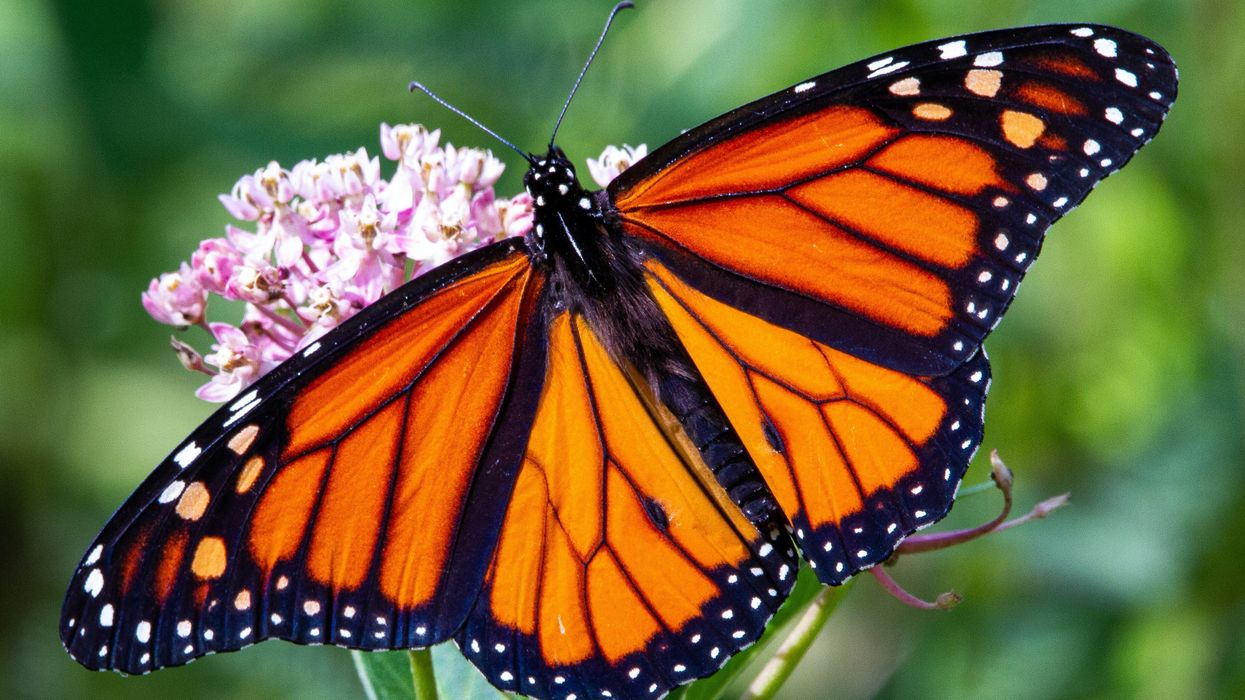Scientists say pesticides probably killed hundreds of monarch butterflies found dead near a Pacific Grove overwintering site in January 2024.
Tom Perkins reports for The Guardian.
In short:
- Lab tests found an average of seven pesticide residues, including three pyrethroids, in each of the 10 monarchs analyzed.
- Researchers say identical pyrethroid signatures in every specimen point toward a nearby residential application rather than a single farm source.
- Monarch numbers along the U.S. West Coast have fallen by as much as 90% since the 1990s, leaving the coastal overwintering sites vital to species survival especially vulnerable.
Key quote:
“The incident gave us a rare opportunity to directly document pesticide exposure and its impacts on monarchs in the real world.”
— Staci Cibotti, lead author of the study and entomologist and pesticide program specialist with the Xerces Society for Invertebrate Conservation
Why this matters:
Monarchs pollinate wildflowers along a 3,000-mile migration route and serve as a signal of ecosystem stress. When they collapse, it hints at broader losses among less visible pollinators that keep farms and forests productive. Pyrethroid insecticides are marketed as a safer replacement for organophosphates, yet they remain toxic to many non-target species and accumulate in waterways where children and pets play. California applies millions of pounds of these chemicals each year, and residential use is largely untracked, making neighborhood exposure hard to trace. The butterfly die-off underscores how routine lawn and crop spraying can reverberate across food webs and erode natural resilience in a warming climate.
Learn more: Trump administration plan could reduce habitat protections for endangered species
















